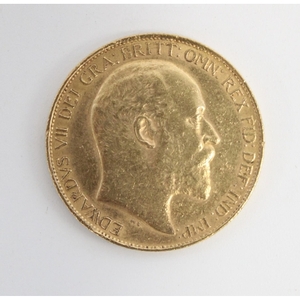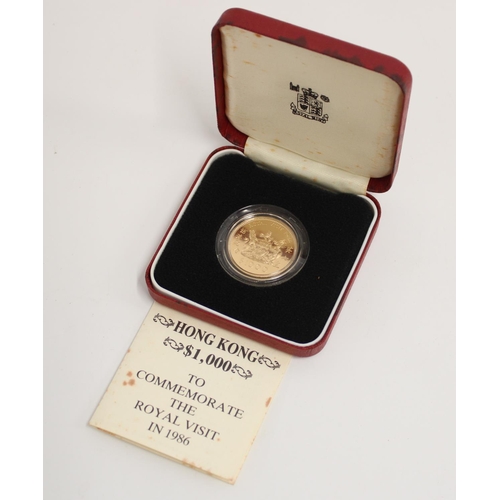News
Object In Focus: A History of Coins
Posted On: 20 Nov 2023 by Jodie Merritt to Object In FocusFrom handing over a twenty-pound note to pay for a pint to taping a coin into a birthday card, coins and cash are still all around us, persevering even in a largely digital world. But where did they come from, and why do they remain? We took a closer look.

It's hard to imagine a world without coins - but have you ever given any thought as to where they first came from? The practice of melting, forming and shaping metals to create specific currencies is an eons-old concept and has existed ever since man first realised that humans needed a reliable method of paying for goods, and one that could be transported from place to place and shared from person to person. But where did this come from, and why did they choose coins?
We took a closer look at the history of coinage, and how it has evolved over the years.
What Are Coins?
Coins are a common sight here at Ryedale Auctioneers, and we handle a wide variety of them from different countries, periods and eras. But what actually are coins? In simplest terms, a coin is something that has been manufactured to be used as legal tender - money that can be exchanged for goods or services. In the modern world, these take the form of UK pennies, US dimes, and Euros, just to name a few.
The Origin of Coins
The origin of coins can be traced back to the Ancient Greeks and Romans, who were the first to mint coins from various metals such as gold, silver, and bronze. As time went by, other nations began to adopt their own forms of currency—and many still do today. The Chinese produced coins made from copper and iron, the Celts produced coins made from gold and silver, and the Persians created coins from a mix of copper, tin, and zinc.
By the 11th century AD, coins had become so commonplace that they were being used in everyday life by people all over the world—from merchants to kings. As trade flourished during this period, coins became an increasingly important part of our cultural heritage.

Evolution of Coins
From large metal coins to small paper notes, the evolution of coins has been a fascinating journey over the centuries. In the 19th century, gold and silver coins were replaced with paper notes, and in 1971, President Nixon abolished the gold standard for US currency—a move that ushered in a new era of digital money and credit cards. Today, cash remains an important part of our lives, but its role has been diminished and replaced by a wide array of digital payment options - though the political and symbolic relevance of coins remain.
Symbolism and Politics In Coinage
In addition to being used as a form of currency to trade for goods and services, coins can also be used as a way to express political and national pride. Coins are often emblazoned with symbols of the issuing nation—from the iconic double-headed eagle on Russian rubles to the incredibly intricate designs found on US coins—and they serve as a reminder of our shared cultural heritage. They can even be used to commemorate important events or figures, such as when Queen Elizabeth II featured prominently on the 50p piece in honour of her Golden Jubilee in a limited -edition run.

Conclusion
The use of coins has been an ever-present part of history, and their importance to our culture and economy can never be overstated. From the Ancient Greeks and Romans to our modern-day digital world, coins have remained a reliable form of currency—and it looks like they’ll be around for many years to come!
Here at Ryedale, our team of valuers have plenty of experience working with coins of all types, shapes, sizes and ages - keep an eye on our social media to learn more about the amazing treasures we discover with every auction!

